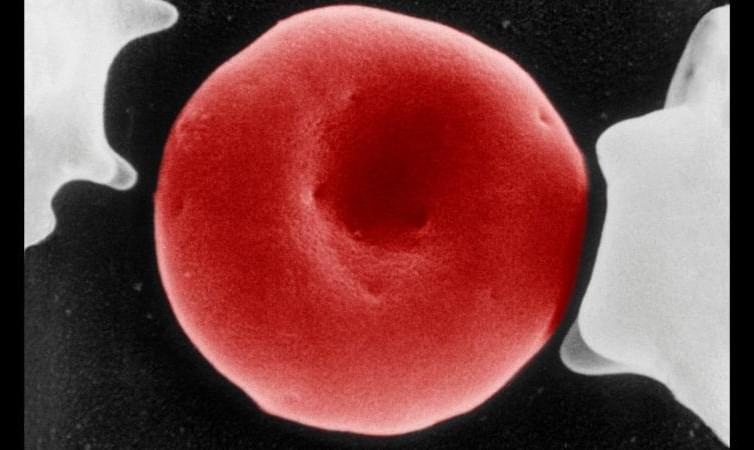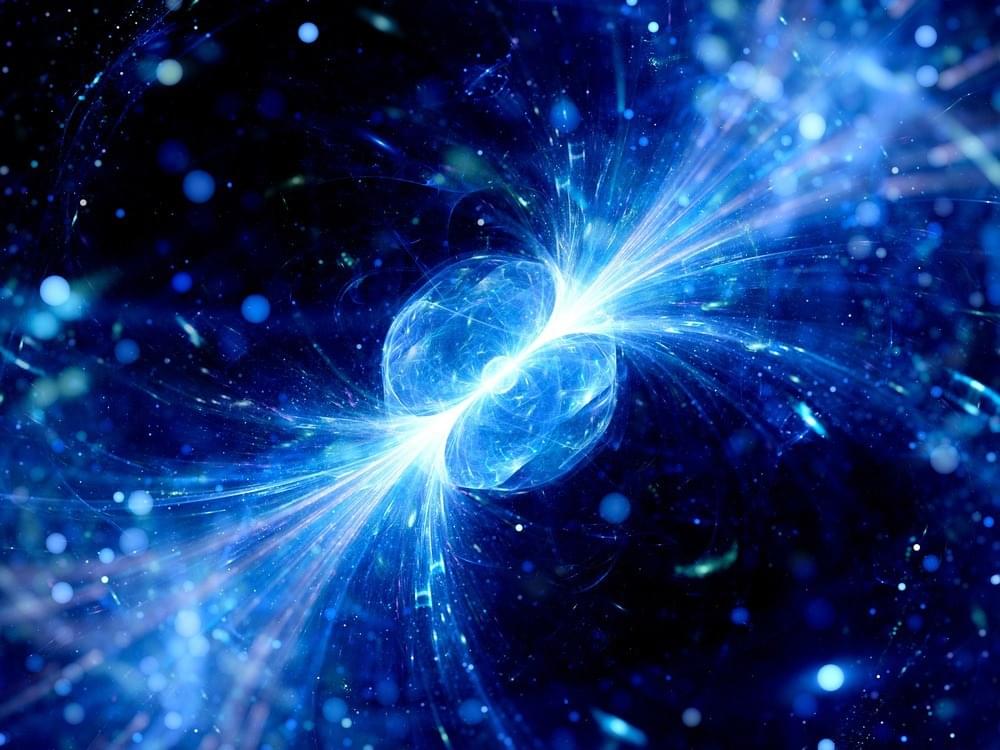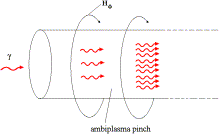
Successfully navigating the 5G transformation requires automation every step of the way—from network planning and preparation through implementation and monetization. 5G has made the consumers more empowered and demanding and this creates a need for CSPs to monetize beyond data bundles and introduce indirect monetization mechanisms. What CSPs must now do is look at investing in platforms that enable them to monetize innovative 5G business models.
CSPs have a huge opportunity to create new complex products and solutions for the B2B2C market assembled with the help of multiple partners. But this isn’t just a one-way opportunity. The biggest benefit of this model is the CSPs’ ability to participate in value chains and ecosystems that are orchestrated jointly with partners. CSPs will increasingly use partners to extend owned capabilities across product cocreation, marketing, sales, delivery, and customer support.
Moreover, CSPs need to evolve towards becoming service enablers and partner with businesses, developers, and other players across different domains and industries in order to create unique 5G service offerings to differentiate themselves in the market. To find success in the 5G era, they will need to maintain an ecosystem of partners that allow them to innovate and expand its reach across industry verticals. This will result in automated processes, the ability to launch any partner model, reduced time to market and reduced operational costs.









